13 Safety Rules for Children at Home: A Complete Guide For Parents
March 15, 2022 Leave a Comment
We childproof our homes, but it is also important to teach our kids about Safety Rules for Children at Home so they can play safely & freely.
When we remember our childhood, we remember many occasions of falling and getting scrapes or scratches. However, when it comes to our kids, we can’t bear to think of them going through anything like that!
Yet, children can’t be kept in a bubble – they need to be given the freedom to play and explore. It is how they learn about the world they live in, and it forms the foundation for their physical, emotional and social development. It is not humanly possible for any parent to be on watch 100% of the time, which is why we need to establish a safe environment at home.


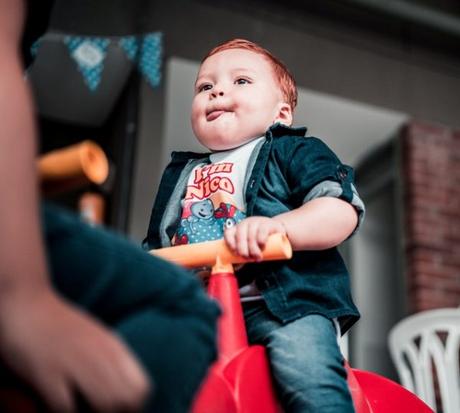
Of course, we do childproof our homes when our babies are born, but our responsibility doesn’t end there. As soon as our kids are old enough to understand, it is important to establish some safety rules for children at home. You need to establish them as well as ensure they’re being followed, also initiating consequences for non-compliance.
This may sound unnecessary to some of you, but setting safety rules for children at home has other benefits too. They learn to respect rules and authority, which makes it easier for them as they enter other environments at school or the playground. They get a sense of the importance of law and order, and breeds a culture of protecting their rights as well as those of others.
Besides, when you know your kids are aware of safety rules and are following them, it gives you great peace of mind! Children who follow safety rules at home grow up to be more responsible citizens, which means a better world for everyone.
So if you’re wondering where to start, we’ve drawn up a list of 13 safety rules for children at home. These are applicable to a variety of age groups, so you can explain them to your kids in an age-appropriate manner.
13 Safety Rules for Children at Home: A Complete Guide for Parents
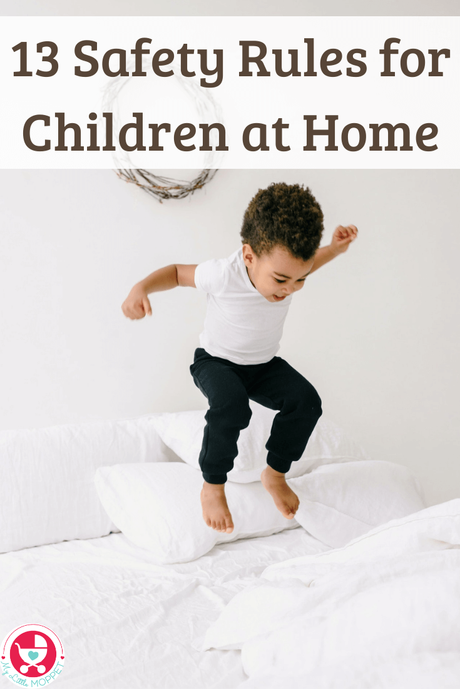
1. Always keep doors and windows closed.
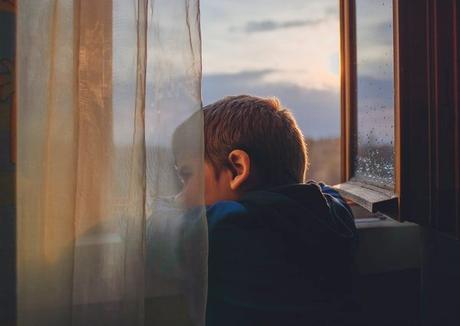
This is one of the most basic safety rules for children at home, and an easy one to follow. You can have soft closing doors, but this rule should still be enforced. Whenever they enter a room or the house, they should close the door behind them. The same goes for windows.
Teach kids that this will prevent intruders from entering the home, as well as stray animals and insects. Younger children may need help to know how to open or close a door properly. However, make sure that the kids are not in a position where they may be locked inside a room or outside the house.
2. Stay away from electricity.

Young children are drawn to electricity and switches, which is why it is important to teach them how electricity works. When they are very young, you can get plug blockers, but older kids can easily remove these too. Use videos or books to teach kids about how electricity works, and how it powers all the lights and appliances in our home.
Then tell them that water is dangerous with electricity, and they should never touch switches or other electrical devices with wet hands. Keep a towel near all wash basins so they automatically dry their hands after washing them. Tell them that they should never insert anything inside plug sockets, and don’t let them see you doing it either. As far as possible, keep everything out of reach, and away from sources of water.
3. Eat slowly.
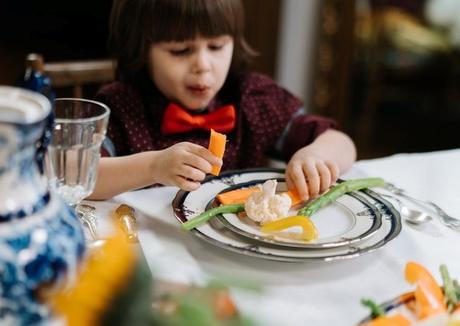
Young babies are ready for solids when they lose the ‘tongue-thrust’ reflex, and most kids are able to eat everything the family eats by their first birthday. However, the risk of choking hazards remains, and it is careful to keep this in mind when serving your child any food. The New York State Department of Health states that “Choking is the fourth leading cause of unintentional death in children under the age of 5″ and that “more than 12,000 children are taken to a hospital emergency room each year for food-choking injuries.”
Choking on food can be prevented with a few safety rules for children. Encourage them to sit up straight while eating, and discourage feeding them while they are running or playing. Ensure mealtime is calm and unhurried, so the child can eat slowly and in peace. Make sure your toddler is chewing food properly before swallowing, so that large chunks of food don’t get lodged in the trachea.
4. Be gentle with pets.

Pets are a great addition to a family with kids, and kids learn many valuable lessons by playing with and caring for pets. Most pets take to babies and young children quite well too. However, they need to be careful when handling them, so the animals don’t get aggravated and bite or scratch.
Teach your child that the pet has feelings and can feel pain, so they need to be gentle with them. Kids should also understand that animals can be possessive about their toys or dishes, so they shouldn’t take them away from the animals. They shouldn’t disturb pets who are sleeping, eating or feeding their babies. Kids should also be taught not to touch stray animals they may come across.
5. Stay away from hazardous materials.
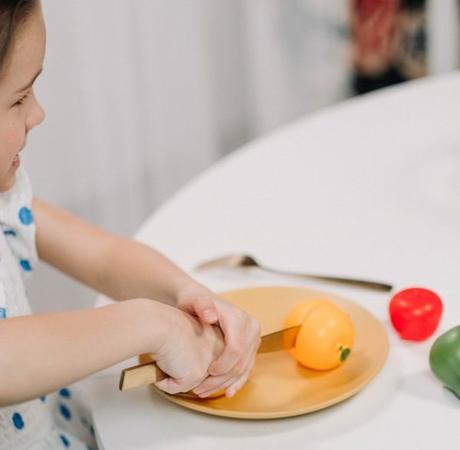
We’re often told that getting kids involved in household chores at a young age can make them more responsible as adults. However, while doing so, it is important to lay down certain ground safety rules for children at home. For instance, while they can help out in the kitchen, they should know that the knives, peelers and other sharp equipment are completely out of bounds.
Fire is another important thing that kids need to learn about. Teach them about how fire is to be used only in a controlled environment, like the stove, and it is only to be handled by adults. Try to avoid lighting matchsticks in front of them and keep lighters and matchboxes out of sight to avoid any temptation to experiment with fire.
6. Be careful when playing outdoors.
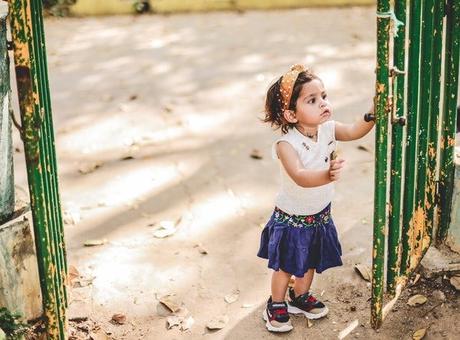
Kids have been cooped up for too long during the pandemic lockdowns, and it has made them restless. Kids need to play outside, as it has many benefits for their bones, muscles, respiratory systems, immunity and eye sight. However, the outside isn’t a controlled or childproofed environment like the indoors, so kids need to be extra cautious.
First of all, kids need to know that they shouldn’t step outside without express permission from either parent, even if its with their friends. If you are currently busy, like on a call or in the bathroom, they should wait till you are available. This should be a non-negotiable rule.
Similarly, they shouldn’t go outside your fence, whether it is to pick up a ball or because someone is calling them from the other side. If they need help retrieving something, they should come to you and ask for help. Kids should also be taught never to eat anything they pluck from a plant, no matter how much like a fruit it looks.
7. Don’t climb on furniture.

Kids have a natural tendency to climb on or jump on furniture, but this can lead to serious accidents. Make sure all your heavy furniture is latched to the wall so they won’t fall down. Tell kids that if they need something from a high table or shelf, they should get help from an adult instead of climbing up.
Let them know early on that they are not allowed to jump on beds or sofas, no matter what the furniture company claims. If your kids are using furniture jumping as a vent for their energy, you can consider getting them some indoor toys that encourage physical activity in children.
8. Don’t get into closed spaces.
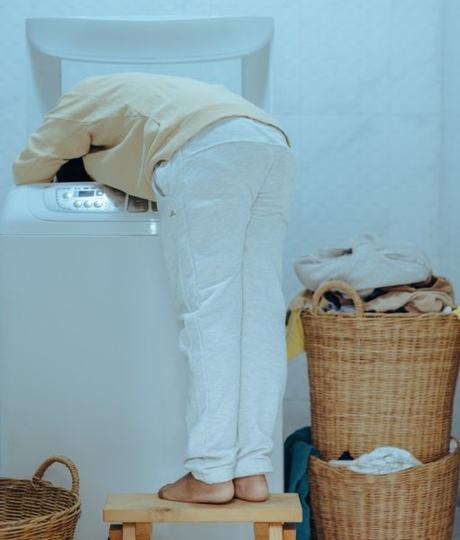
Children like experimenting with their bodies, and this includes trying to fit themselves into small spaces, like a cardboard box. While an open box may be safe, it can be dangerous when kids do the same with a wardrobe or cabinet that has no ventilation. Children have suffocated to death by getting accidentally locked in cupboards, so this is a serious risk they should know about.
Another risk is for toddlers who try to get into washing machines. Several cases have been reported of 2-3 year olds getting stuck in front loading washing machines, which are relatively easy to climb into. Keep locks on all appliances and cupboards and teach your kids that they are never to use these as hiding spots for any game.
9. Never open the door for strangers.
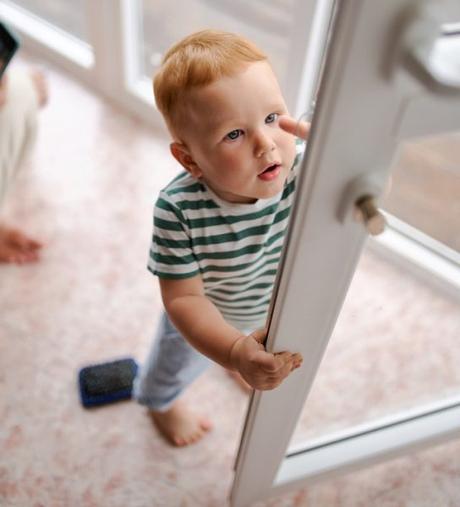
This is a tip for slightly older kids who know the difference between strangers and acquaintances. Have a means for kids to see who’s standing outside the door, either a peep hole or a window, or a more modern security system. Tell them that they are only to open the door for close relatives, like grandparents, cousins, uncles or aunts. Allowing kids to open the door for any familiar face isn’t exactly advisable, since many people like drivers, delivery executives etc. may be familiar in terms of appearance.
It’s a good idea to install a security system in your house or apartment, and teach kids how to use it right from a young age. Kids grasp technology pretty quickly, so it shouldn’t be too hard. Show them how to see who’s outside the door as well as how to sound the alarm.
10. Don’t share personal information online.

Even if we didn’t want to, we’ve had to expose our kids to the internet thanks to online classes during the pandemic. As a result, most kids today know how to use the internet fairly well and while this is good in terms of learning, it also makes them vulnerable to online abuse.
As far as possible, tell kids to use the internet while in your presence, and ensure the computer or laptop is in a relatively open area, like the main hall or living room. Tell them to avoid connecting with strangers on the internet, and make sure you have parental control installed. Teach them to never give out personal information to anyone, no matter how friendly they may seem.
11. Keep your body safe from bad touch.
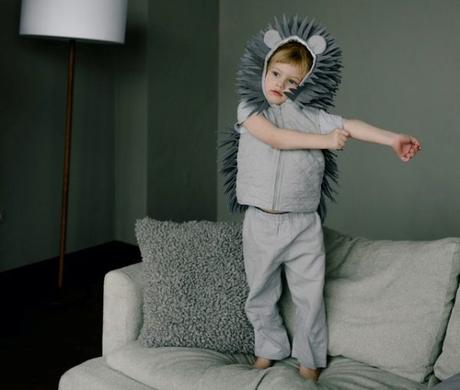
When we talk about safety at home, we can’t avoid the topic of personal safety, or body safety. There have been many incidences of children being abused even within their homes, by people known to them. This can even happen by people they trust, which is why they need to be educated about these safety rules for children.
As early as possible, teach your child about good touch and bad touch. You can use books about body safety or videos or dolls to help them understand this concept. Not all schools have sex education as part of the curriculum, so it’s best we do this at home. Teach them which parts of their body are off limits for others, and that they shouldn’t keep secrets from their parents.
12. Know what to do in an emergency.

When educating our kids about safety rules for children at home, it is also important to teach them about what to do in an emergency situation. Let your child learn how to make a phone call, and keep emergency contacts at the top of your contact list or in your favorites. Older kids can learn at least two emergency phone numbers by heart. As soon as they are able to, your kids should memorize the numbers of both parents.
Keep a list of emergency phone numbers in a prominent place, like in the command center or on the fridge. These should include the numbers for your nearest relatives, emergency contact and the security guard of your apartment complex which may be more accessible to kids than numbers of the police, fire and ambulance.
You should also show your kids the fire escape in your house or apartment complex and warn them about not using elevators during a fire. Set a common spot in your home for everyone to gather in case of an emergency, so you can get out quickly in case of an emergency.
13. Say ‘No’.

Most importantly, the biggest safety rule you can teach your kids is that they have the power to say ‘No’. No child should feel compelled to take part in any dangerous activity due to peer pressure, or suffer abuse due to threats from others. Let your kids know that they can say ‘No’ if they are not comfortable with a situation, or if it goes against the safety rules you’ve taught them.
This is not something you can simply tell your child and expect them to become assertive instantly. You’ll need to create situations where they can practice saying ‘No’. Use books or incidents in daily life to continue the conversation so the message gets a strong foundation in their minds. Tell your kids that in case of any problem, they can always come to you for help.
Books about Safety for Children

No Dragons for Tea: Fire Safety for Kids – In this adorable book, the dragon sneezes and the table catches fire. The story talks about how the girl deals with the dangerous situation and how she educates the dragon about fire safety.
Chicken Clicking – Chick has an experience that many others have – she befriends someone online and plans to meet up, only to find that things are not what they seem! A great book about staying safe online.
The Trouble with Secrets – Kids are often confused about what secrets to keep and what to reveal, and this book helps clear the confusion in a simple manner.
No Means No! – A great book to encourage young kids to be assertive and to teach them that their opinions matter in all situations.
One thing we’d like to remind parents here is that no amount of childproofing or safety education is a substitute for adult supervision, especially for younger kids. While we educate our kids and remove hazards from our home, we shouldn’t let our monitoring go lax. As our kids grow older, they can be left alone for increasing amounts of time, till they can be left home alone for some hours. This age differs from child to child, so you can decide for your child – usually around the age of 12 years.
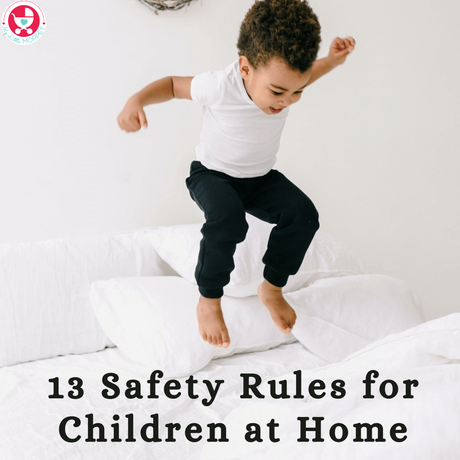
Buy Healthy Nutritious Baby, Toddler food made by our own Doctor Mom !
Shop now!You may also like
- Your Complete Guide to Daycare

- 6 Tips to Introduce A Sugar Free Lifestyle For Kids
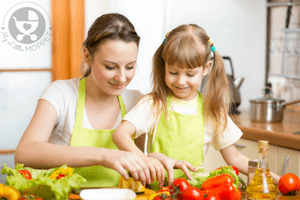
- How to Choose the Right Pet for Your Child?

- Free Ebooks & Courses - MyLittleMoppet
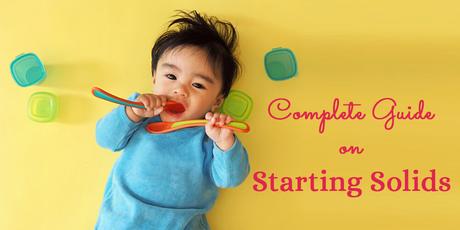
- Safety tips for going back to school

- An Unforgettable Story of a Birth Parent

Filed Under: Parenting
